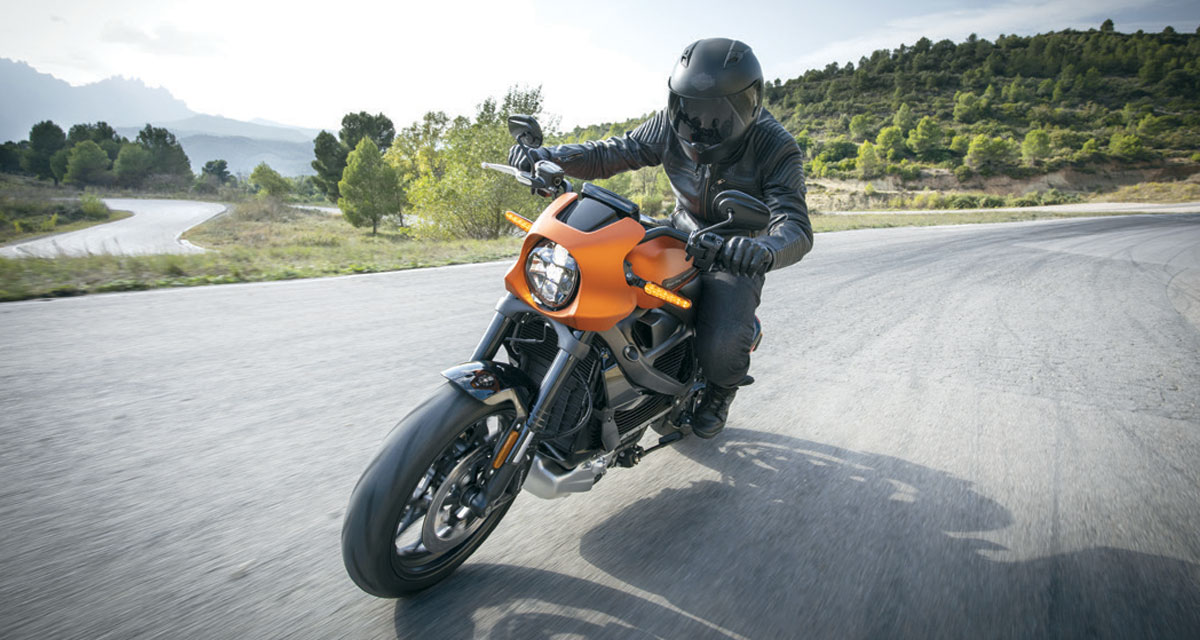With the price of gas hovering above $4 a gallon, many people are considering electric vehicles. In 2021, sales of electric cars increased 89% to 487,460, according to Cox Automotive.
And if there wasn’t a global microchip shortage, it’s safe to say that sales would have been even higher. The average electric car uses about 2,000 chips.
But for many consumers, interest is also turning to electric motorcycles. Unfortunately, electric motorcycles are suffering from the same chip and supply-chain issues as cars and many other consumer products.
Safety course
If you are thinking of buying an electric motorcycle, your first stop needs to be a safety course with the Motorcycle Safety Foundation (MSF), msf-usa.org or call 800.446.9227. The foundation offers a variety of courses throughout the nation. Some states require a MSF course before a rider can get a motorcycle license, and some insurance companies will give a discount for completing a course.
Once you have developed the skills and knowledge to ride a motorcycle, then you can turn your attention to selecting and buying a bike. If you are willing to wait in line because of supply-chain problems, here are some buying tips for electric motorcycles:
What is an electric motorcycle?
An electric motorcycle has an electric motor instead of an internal combustion engine (ICE). The energy comes from a Lithium-ion battery instead of gas. Other than the engine, electric motorcycles are similar to their ICE counterparts.
Different styles for different needs
The list of electric motorcycles is growing rapidly. There are designs for many types of needs: commuting, speed, different road surfaces, long-distance touring, etc. The first step is to determine what kind of riding you want to do. One of the big advantages of an electric motorcycle is that there are fewer moving parts and fewer individual components to wear out.
Batteries
The life of an electric motorcycle largely depends on the life of its battery. While batteries diminish over time, they are much easier to replace than the motor on a gas bike.
Most electric motorcycles have a range of 100 to 200 miles between charges, but there are electric bikes that hit 250 miles. The most efficient ICE bike can get 350 miles on a full tank, but many ICE bikes struggle to go beyond 200-250 miles on a tank.
Gears
The gears on an ICE bike intimidate some prospective buyers, but they won’t have that issue with electric motorcycles. There aren’t any gears.
Cost per mile
The cost of most electric motorcycles is $0.04 a mile, but that also depends on the cost of electricity in individual states and whether the charging was done during on- or off-peak electricity hours. At $0.04 a mile, it is cheaper than operating an ICE bike.
A range of prices
Electric motorcycles can accommodate every type of budget. Some urban bikes can be bought for $2,500. And there are price points at $3,500, $10,000, $20,000, $30,000 and much more exotic models, like the Arc Vector, are over $100,000. The more you pay, the more you will get in terms of range, power, size and performance.
Tax credit
At this point, the tax credit for electric motorcycles is unclear. In 2021, the tax credit was 10%, up to a maximum of $2,500. It was set to expire at the end of 2021. In the Build Back Better bill, however, the tax credit was 30%. That bill stalled in the Senate and will not be passed in its current form.
Research is important
Since the electric motorcycle is relatively new for the mass market, you won’t find quality bikes at every dealer. Your best bet is to survey reviews online and to visit several dealers in your area.
License and registration requirements
Electric motorcycles carry the same licensing requirements as gasoline bikes and they also have the same registration requirements.
The most important purchase
Style isn’t an issue when it comes to motorcycle clothing. You want to buy a helmet that has been approved by the Department of Transportation. You should also think seriously about a jacket with padding, leather riding pants, gloves and ankle-high boots. One fall and you’ll understand why these are necessities and not options. They are the only thing between you and the pavement.


















